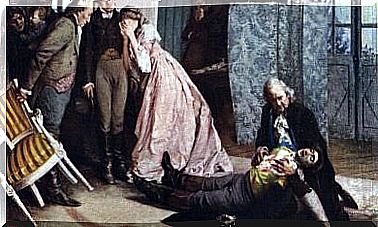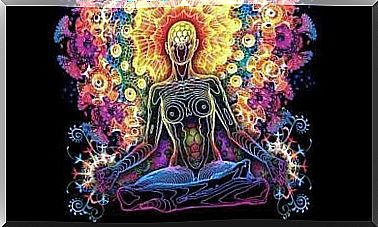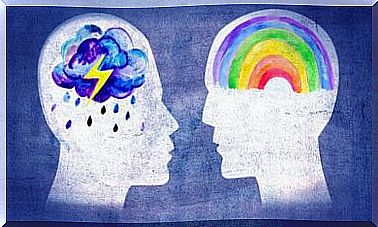Dementia Has Many Faces
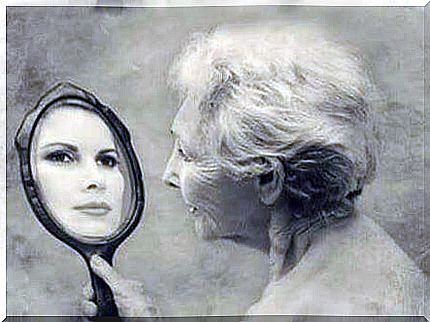
Dementia has many faces, many ways to teach us how horrible forgetfulness actually is. Traditionally, the most well-known type of dementia is Alzheimer’s, but it is not the only one that exists. However, it is the most common.
Contrary to many people’s beliefs, not all types of dementia are necessarily permanent. In some cases where the cause has been established, it can be treated and even corrected. Some cases include: dementia due to B12 deficiency, caused by vasculitis, hypothyroidism or hydrocephalus, among others.
At present, all types of dementia in the DSM-5 are included in neurocognitive disorders. They are classified together with delirium, and other neurocognitive disorders. These disorders are those in which the loss or effect of cognition has existed since birth or early childhood. Therefore, there is a deterioration if one compares the current level of performance with a previous one.
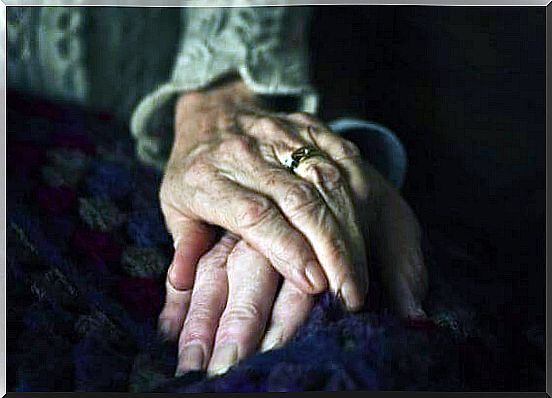
It consists of a degenerative cerebral disease whose causes are unknown. Its onset tends to be gradual, and often comes with a continuous, slow, and progressive deterioration. This dementia usually lasts for an average of 8-10 years. At the moment there is no cure. Three phases can be distinguished:
Its start is usually sudden, and the main characteristics are a deterioration of memory that refers to what is happening in the present. Thus , the sufferer will have difficulty remembering daily chores and learning.
When it comes to language, it is common for sufferers to lose much of their vocabulary. Because they find it difficult to find the words (anomie), they will try to solve this through wrapping (talking about the topic) and paraphrasing. Rewriting involves replacing one word with another with a similar meaning.
Changes in personality can also occur, such as apathy (which is general laziness or lack of interest), irritability, aggression, stiffness, etc. Stiffness is understood as the inability to think flexibly, ie that they become obsessed with an idea. No matter how much you reason with them, this idea will not change.
There may also be affective changes, such as anxiety and depression. This is because they are sometimes aware of the onset of the disease, especially since they notice their memory problems. In these cases , individuals and their families must adapt to a new way of life. And this is a challenge that involves stress and great pain.

The intellectual deterioration continues with the emergence of
Retrograde amnesia also appears. This is thus the inability to remember events from the past. These individuals tend to try to conceal this by making wraps. This consists of inventing events that did not happen to fill in the gaps that are in the memory. Yes, individuals do it without the purpose of lying.
Their judgment is impaired. They become more impulsive and can no longer distinguish right from wrong, nor in what is acceptable in private or in a public place. Their capacity for abstract thinking also deteriorates, producing a lack of ability to solve problems and plan tasks.
The rest of the symptomatology deteriorates and psychotic symptoms may occur. Hallucinations are an example, such as saying that they spent time with their mother even though she had been dead for years. Or delusions, such as saying that things have been stolen from them, when they actually lost or placed them in the wrong place.
During this phase, they no longer know how to orient themselves in time (hour, day, month or year they are in), nor in the room (where they live, different rooms in the house, etc.). People suffering from Alzheimer’s type dementia are currently incapable of surviving without supervision. They require surveillance, although they can perform daily chores themselves.
During this phase, individuals do not recognize themselves in the mirror because they think they are younger than the person they see in the reflection. They also do not recognize the closest people in their lives. Their speech becomes progressively slower and they eventually become dumb.
Serious changes in their gait occur. For example, once with very short steps and trailing feet is common. This can cause tripping and falling, and lead to gait apraxia (inability to walk because forgotten). In this phase, patients will require help to perform virtually every activity. It usually ends with bed rest.
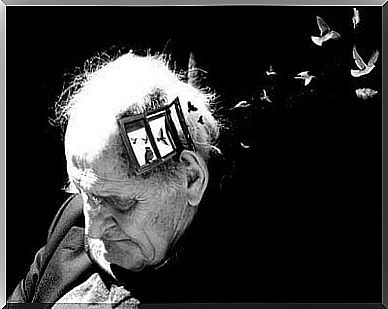
Lewy body dementia is one of the most difficult types to recognize, in addition to being one of the latest to be detected. This is the case because it has shared symptoms with Alzheimer’s and Parkinson’s. Therefore, it tends to mix with any of these. It is currently considered to be the second most common type.
Its symptoms are usually as follows:
- Apraxia, aphasia and agnosia: it is characterized by the same type of dementia as Alzheimer’s, which consists of forgetfulness, difficulty performing simple tasks and having difficulty recognizing family members as well as objects. In this case, it is characterized by strong variations in attention and alertness.
- Recurrent, complex visual hallucinations: as well as sonic hallucinations and delusions. Symptoms associated with REM sleep disorders are very common (which can be an early symptom), in addition to hallucinations of other types of mental modalities, depression and delusions.
- Parkinson- like symptoms: as with Parkinson’s disease, which includes tremors and stiffness in the limbs.
Spontaneous Parkinson-like symptoms should be seen after the onset of cognitive impairment. The more severe neurocognitive defects will appear at least one year before the motor symptoms. They should also be distinguished from those produced by neuroleptics. These are motor symptoms caused by drugs used to treat hallucinations and delusions.
They often suffer from repeated falls and, which is a temporary loss of consciousness. These come along with temporary paralysis in the movements of the heart as well as breathing. This occurs due to a lack of blood flow to the brain, as well as unexpected transient episodes of loss of consciousness.
Vascular dementia is caused by a series of small strokes over a long period of time. These vascular strokes are blockages or disruptions of blood flow to certain parts of the brain. This produces in the affected area.
Therefore, it is characterized by gradual deteriorations that are difficult to predict because they are due to the cerebral area affected. It is characterized in its early stages by frequent forgetfulness and difficulty orienting itself. Personality changes or difficulty speaking may also occur.
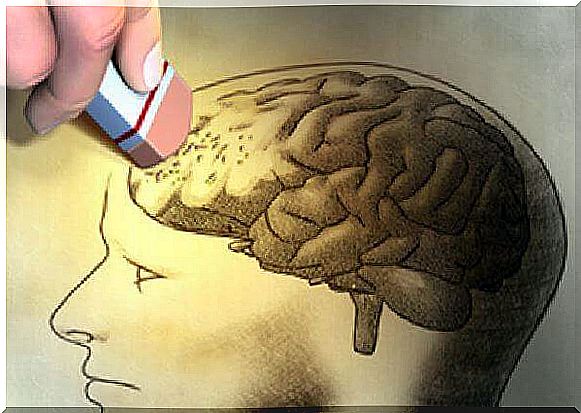
This type of dementia, Parkinson’s dementia, must be distinguished from Parkinson’s disease. Parkinson’s disease is characterized by tremors in the hands, arms, legs, jaw and face; stiffness in arms, legs and upper body; as well as tough movements and problems with balance and coordination.
This type of dementia is characterized by the typical tremors of Parkinson’s disease, as well as cognitive decline in primary functions and important emotional changes. It is typical to find these patients in severe depressive states.
It differs from the other types because it does not appear, unlike Alzheimer’s disease, and also because hallucinations and delusions are not as common as in Lewy body dementia. However, we want to emphasize the cognitive toughness and the physical tremors.
In this article, we have described the most common types of irreversible dementia. However, there are other types of dementia, such as the frontotemporal types – where Pick’s dementia is the most common – Huntington’s disease, dementia associated with HIV, dementia caused by prions, and more.


